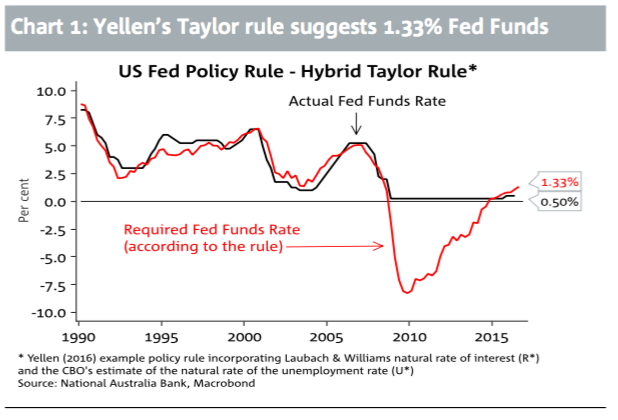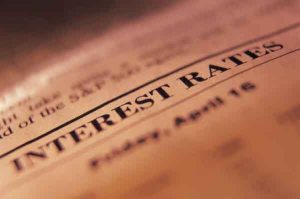 The TED spread is the difference in rates between the interest rate that the US Government is charging for cash (three-month Treasury-Bills – the “T”) and three-month Eurodollars (the “ED”) contract as represented by the London Interbank Offered Rate (LIBOR).
The TED spread is the difference in rates between the interest rate that the US Government is charging for cash (three-month Treasury-Bills – the “T”) and three-month Eurodollars (the “ED”) contract as represented by the London Interbank Offered Rate (LIBOR).
The TED measures the rate of return the banks are requiring over the risk-free Treasury Bill rate to lend to other banks. If the economy is healthy the TED spread tends to be at low levels as there is a lot more trust in the market and the risk of default or bankruptcy is low. On the contrary, when the economy goes through a downturn levels tend to be higher as banks become more prudent in their lending and this reflects some sort of risk or liquidity premium. As the spread increases, the risk of default is considered to be growing. Ultimately TED illustrates the level of anxiety banks have that other banks are going to default – some liken it to a kind of measure of the financial sector’s blood pressure.
In 2006 and for half of 2007 the TED was consistently under 1%, which is historically low. However in August 2007 with the advent of the sub-prime crisis there were indications that all was not okay on financial markets. This was soon followed by the freezing of funds by investment bank BNP Paribas and consequently the TED spiked at 1% for the first time in a decade. From this point on the credit crunch was accelerating and markets were becoming extremely volatile. With the collapse of Lehman Bros the credit market became very explosive and the TED went through the 3% level, which exceeded levels last seen in the crash of 1987. Subsequently, a number of US and European banks collapsed and interbank lending just about came to halt. Liquidity was reduced dramatically and the TED peaked at 4.65%, a point never witnessed previously. To counter this problem Governments around the world promised trillions of dollars in bailouts and bank guarantees that, in the end, restored some confidence in credit markets – the Ted fell from its peak to about 2.25%.
Recently the TED Spread moved from 0.21% at the end of 2015 to 0.43% on 11th January 2016 . That is its highest level since 2012, when markets were pressured by fears of a sovereign-debt crisis in Europe.
Treasury Bill Yields – down
In order to protect themselves from runs during market turbulence, investment companies are shifting funds to government stock which is more secure. That adds to demand for T-bills which increases their price and reduces their yield
Libor – up
Rising demand for T-Bills has reduced downward pressure on the Libor. Furthermore the increase in the US Fed rate last month resulted in a rise in the Libor and a number of other benchmarks.
However the TED spread’s surge is a mechanical result of its two components moving in different directions for reasons mostly unrelated to the creditworthiness of banks. Treasury-bill yields are down, Libor is up, so the TED spread is up, too. ‘Wall Street Journal’.








 The TED spread is the difference in rates between the interest rate that the US Government is charging for cash (three-month Treasury-Bills – the “T”) and three-month Eurodollars (the “ED”) contract as represented by the London Interbank Offered Rate (LIBOR).
The TED spread is the difference in rates between the interest rate that the US Government is charging for cash (three-month Treasury-Bills – the “T”) and three-month Eurodollars (the “ED”) contract as represented by the London Interbank Offered Rate (LIBOR).





